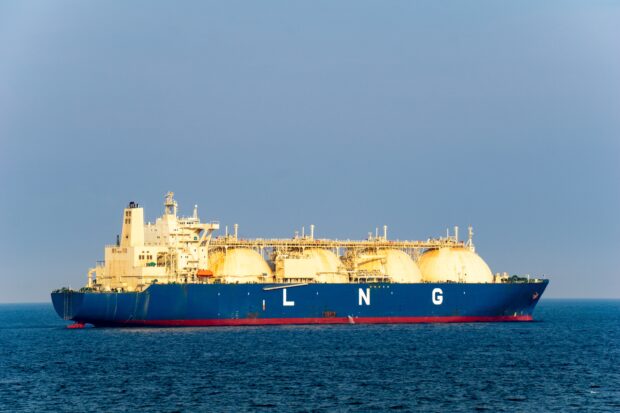What is Liquefied Natural Gas? The energy in transition
Liquefied Natural Gas (LNG) has become a key component in the global shift towards cleaner energy sources. As nations work to balance energy demands with environmental responsibility, understanding LNG’s role—from extraction to power generation—is vital. Its comparison with other conventional energy sources and its environmental impact is crucial in this context.
This cryogenic fuel, cooled to approximately -162 degrees Celsius (-260 degrees Fahrenheit), undergoes liquefaction, reducing its volume by about 600 times compared to its gaseous state. This transformation enhances its practicality for long-distance transportation, especially where pipelines are not feasible.
Safety Measures: Ensuring Safety Amidst Potential Risks
One of the notable advantages of LNG is its safety features. LNG is odorless, non-cancer causing, non-toxic, and in its liquid form, not flammable. LNG vapor, being colder and lighter than air, disperses rapidly, minimizing the possibility of accumulation, unlike liquefied petroleum gas (LPG). Its low flammability point and narrow flammability range enhanced its safety.
“I understand LNG is not quite discussed in the Philippines but if the worry of the general public is its explosivity, it won’t explode at liquid state due to the very low temperatures.” Engr. Ina Pauline Abelon, LNG specialist, said in a recent sitdown interview with her.
Moreover, LNG serves as a reliable baseload energy source, providing steady capacity 24/7, unlike variable renewable energy sources constrained by weather conditions. Comparatively, LNG stands against nuclear energy, showcasing established reliability and safety records in LNG power plants, with minimal fatalities recorded. Its combustion primarily produces common byproducts like carbon dioxide and water, contributing to its cleanliness.
“As much as the world needs Renewable Energies, we also need a steady, reliable energy source that could accommodate our demands 24/7. Energy is vital to the growth of the country and it is essential for any growth to be supported sustainably.” Engr. Abelon said.
The possible adverse effects on host communities, Environmental Compliance Certificates (ECC) are issued following thorough studies. LNG plants are equipped with rigorous safety measures, including Quantitative Risk Assessments and advanced control systems, to ensure personnel safety and operational integrity. LNG transportation is secure, with double-lined, dual-layered tanks meeting international safety standards.
Its role extends beyond safety and reliability. It is a cleaner fossil fuel alternative, emitting fewer pollutants upon combustion, thus aiding in reducing greenhouse gas emissions and air pollution.
Engr. Ina Pauline Abelon reassures the public on the common public concern— safety. “On the contrary, the Philippines has been using LNG for 23 years. The process of extraction to transportation to power generation is heavily studied throughout to ensure efficiency in operation and safety to the communities.”
Although LNG is expensive and exposed to global market risks, strategic partnerships with countries mature in LNG technologies and increased supply competition may reduce costs. LNG’s higher efficiency (55-65%) and ability to provide a large capacity in a small area make it a viable transition fuel. Compared to a conventional oil and gas facility, LNG plants have lower operational costs and higher availability. While Malampaya’s indigenous natural gas source is cost-effective, its depletion by 2027 necessitates preparation for LNG as a reliable alternative.
LNG and the Global Transition to Cleaner Energy
As the world moves towards a sustainable energy future, LNG emerges as a crucial transition fuel, bridging the gap between traditional fossil fuels and renewable energy sources. Its abundant availability, reliability, and scalability make it an ideal candidate to complement intermittent renewables like wind and solar power. Furthermore, LNG’s efficiency and flexibility enable it to serve as a steady baseload power source while accommodating fluctuations in energy demand.
“As the country sets its sights on meeting ambitious clean energy targets outlined in the Philippine Energy Plan (PEP), LNG emerges as a beacon of hope, providing a practical route towards a more sustainable and resilient energy future. Engr. Abelon highlighted.
Through strategic investments, collaborative partnerships, and a steadfast commitment to environmental stewardship, the Philippines is harnessing the full potential of LNG, ensuring energy security and environmental sustainability for generations to come.
ADVT.
This article is brought to you by Domantay Consulting.
